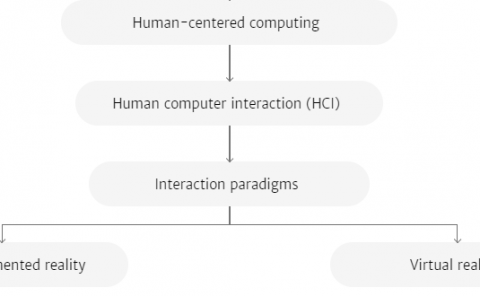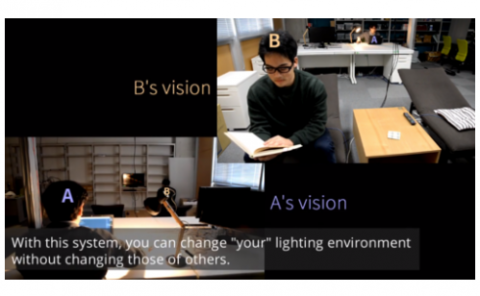Distraction Classification During Target Tracking Tasks Involving Target and Cursor Flickering Using EEGNet
PubDate: April 2022
Teams: Keimyung University; University of Ulsan
Writers: Hyunmi Lim; Sungmin Kim; Jeonghun Ku

Abstract
Keeping patients from being distracted while performing motor rehabilitation is important. An EEG-based biofeedback strategy has been introduced to help encourage participants to focus their attention on rehabilitation tasks. Here, we suggest a BCI-based monitoring method using a flickering cursor and target that can evoke a steady-state visually evoked potential (SSVEP) using the fact that the SSVEP is modulated by a patient’s attention. Fifteen healthy individuals performed a tracking task where the target and cursor flickered. There were two tracking sessions, one with and one without flickering stimuli, and each session had four conditions in which each had no distractor (non-D), a visual (vis-D) or cognitive distractor (cog-D), and both distractors (both-D). An EEGNet was trained as a classifier using only non-D and both-D conditions to classify whether it was distracted and validated with a leave-one-subject-out scheme. The results reveal that the proposed classifier demonstrates superior performance when using data from the task with the flickering stimuli compared to the case without the flickering stimuli. Furthermore, the observed classification likelihood was between those corresponding to the non-D and both-D when using the trained EEGNet. This suggests that the classifier trained for the two conditions could also be used to measure the level of distraction by windowing and averaging the outcomes. Therefore, the proposed method is advantageous because it can reveal a robust and continuous level of patient distraction. This facilitates its successful application to the rehabilitation systems that use computerized technology, such as virtual reality to encourage patient engagement.


